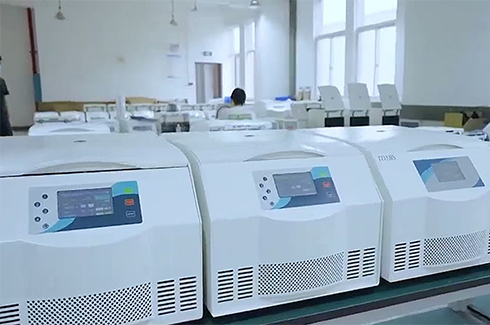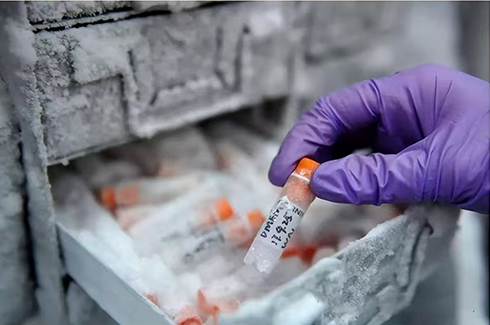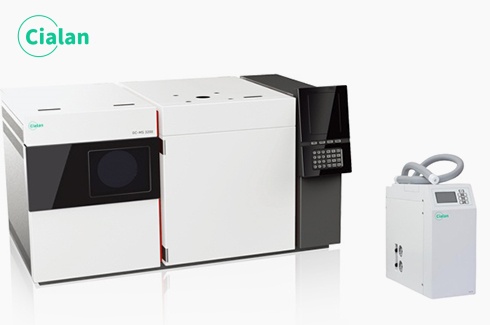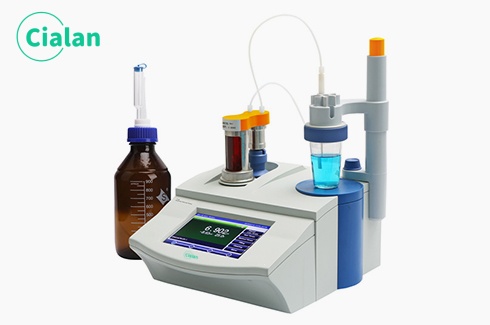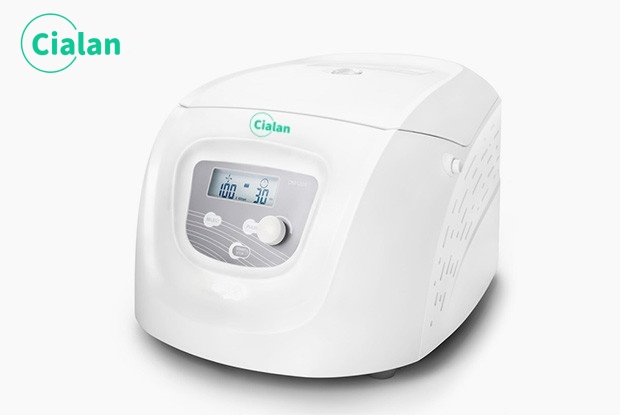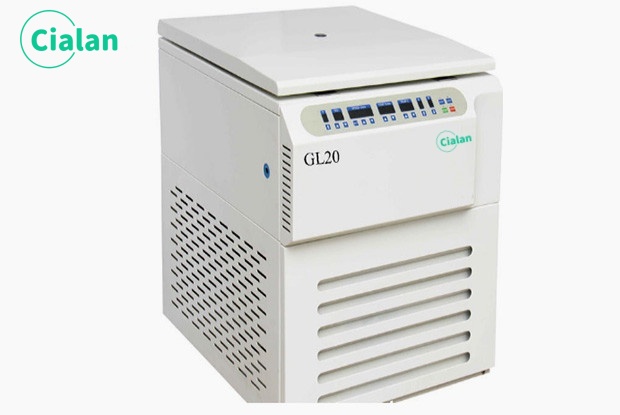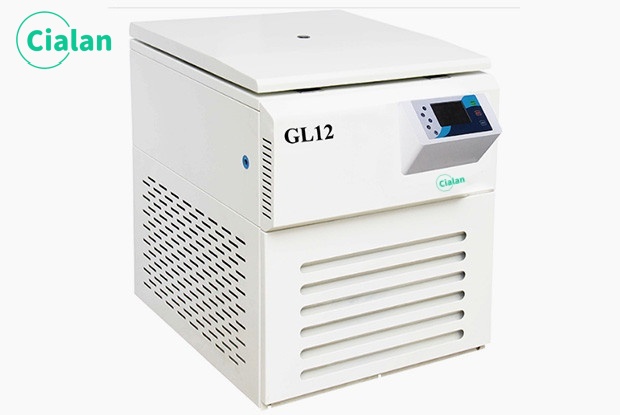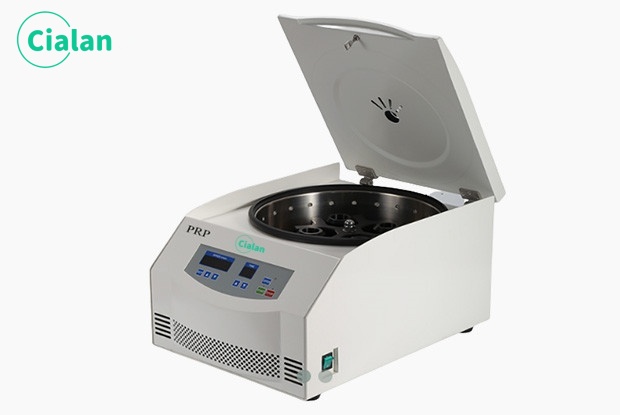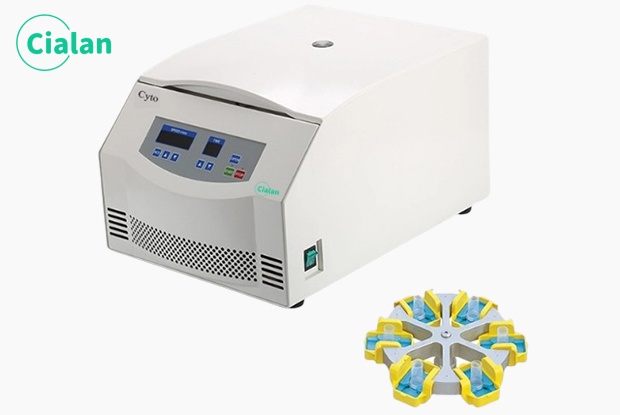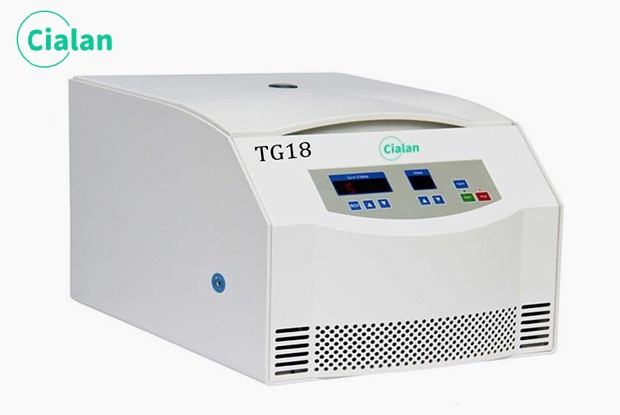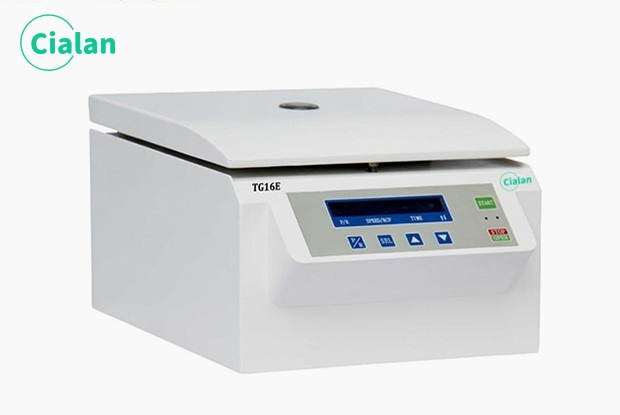What are the categories of centrifuges?
Structure
Desktop centrifuge: small in size, usually placed on the laboratory table for use. Suitable for small laboratories or occasions with high space requirements. Easy to operate and relatively low in price.
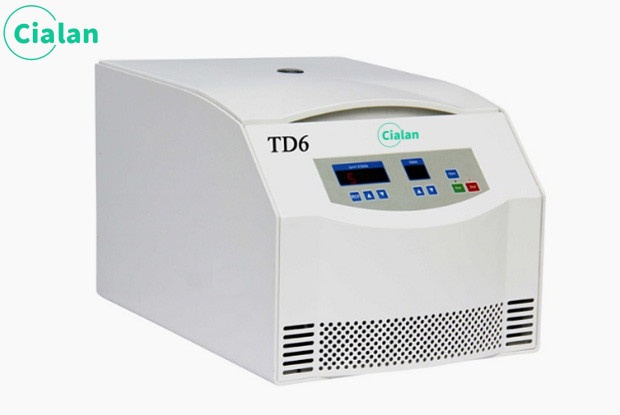
Floor-standing centrifuge: large in size and needs to be placed on the ground. With high stability and large capacity, it is suitable for large-scale production and experiments.
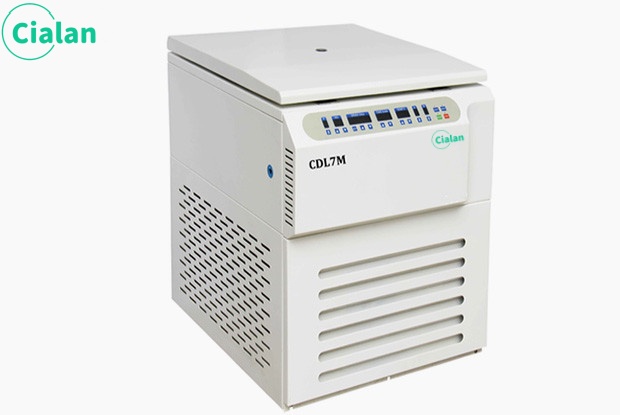
Speed
Low-speed centrifuge: Max.speed<10,000 rpm. Max.RCF<1000xg,Suitable for separating cells, bacteria, blood, fermentation liquid and other liquids with high density.
High-speedcentrifuge:Max.speed<10,000-30,000rpm. Max.RCF<1500-50000xg.Suitable for separation of cell debris, large organelles, ammonium sulfate precipitation and immunoprecipitation samples.
Ultraspeed centrifuge: Max.speed>30,000rpm. Max.RCF>50000xg.Suitable for separation of subcellular organelles, viruses, nucleic acids, proteins, polysaccharides and other samples.
Purpose
Laboratory centrifuge: mainly used for various separation experiments in the laboratory, such as cell separation, nucleic acid extraction, etc. It has the characteristics of high precision and easy operation.
Industrial centrifuge: used for separation operations in industrial production, such as chemical, pharmaceutical, food and other industries. It usually has a large capacity and high processing capacity.
Separation principle
Filter centrifuge: separates solid particles from liquid through a filter. Suitable for separating suspensions with larger particles.
Decanter centrifuge: uses the density difference between solid particles and liquid to achieve separation by sedimentation of solid particles under the action of centrifugal force.
Spiral unloading sedimentation centrifuge: also known as horizontal screw centrifuge, the solid particles settled on the inner wall of the drum are pushed out of the drum through a spiral pusher. It is suitable for occasions with large processing capacity and continuous operation.
Disc centrifuge: composed of multiple discs, solid particles settle in the gap between the discs to achieve separation. Suitable for separating emulsions and suspensions.
Separation centrifuge: mainly used to separate two liquids with different densities.
Operation mode
Intermittent centrifuge: requires manual feeding and unloading, suitable for small batch production.
Continuous centrifuge: can continuously perform feeding, separation and unloading, suitable for large-scale production.
Summarize
There are many ways to classify centrifuges. Different types of centrifuges differ in structure, performance and scope of application. When choosing a centrifuge, it is necessary to comprehensively consider factors such as specific separation requirements, material characteristics and process conditions.
Desktop centrifuge: small in size, usually placed on the laboratory table for use. Suitable for small laboratories or occasions with high space requirements. Easy to operate and relatively low in price.

Floor-standing centrifuge: large in size and needs to be placed on the ground. With high stability and large capacity, it is suitable for large-scale production and experiments.

Speed
Low-speed centrifuge: Max.speed<10,000 rpm. Max.RCF<1000xg,Suitable for separating cells, bacteria, blood, fermentation liquid and other liquids with high density.
High-speedcentrifuge:Max.speed<10,000-30,000rpm. Max.RCF<1500-50000xg.Suitable for separation of cell debris, large organelles, ammonium sulfate precipitation and immunoprecipitation samples.
Ultraspeed centrifuge: Max.speed>30,000rpm. Max.RCF>50000xg.Suitable for separation of subcellular organelles, viruses, nucleic acids, proteins, polysaccharides and other samples.
Purpose
Laboratory centrifuge: mainly used for various separation experiments in the laboratory, such as cell separation, nucleic acid extraction, etc. It has the characteristics of high precision and easy operation.
Industrial centrifuge: used for separation operations in industrial production, such as chemical, pharmaceutical, food and other industries. It usually has a large capacity and high processing capacity.
Separation principle
Filter centrifuge: separates solid particles from liquid through a filter. Suitable for separating suspensions with larger particles.
Decanter centrifuge: uses the density difference between solid particles and liquid to achieve separation by sedimentation of solid particles under the action of centrifugal force.
Spiral unloading sedimentation centrifuge: also known as horizontal screw centrifuge, the solid particles settled on the inner wall of the drum are pushed out of the drum through a spiral pusher. It is suitable for occasions with large processing capacity and continuous operation.
Disc centrifuge: composed of multiple discs, solid particles settle in the gap between the discs to achieve separation. Suitable for separating emulsions and suspensions.
Separation centrifuge: mainly used to separate two liquids with different densities.
Operation mode
Intermittent centrifuge: requires manual feeding and unloading, suitable for small batch production.
Continuous centrifuge: can continuously perform feeding, separation and unloading, suitable for large-scale production.
Summarize
There are many ways to classify centrifuges. Different types of centrifuges differ in structure, performance and scope of application. When choosing a centrifuge, it is necessary to comprehensively consider factors such as specific separation requirements, material characteristics and process conditions.


